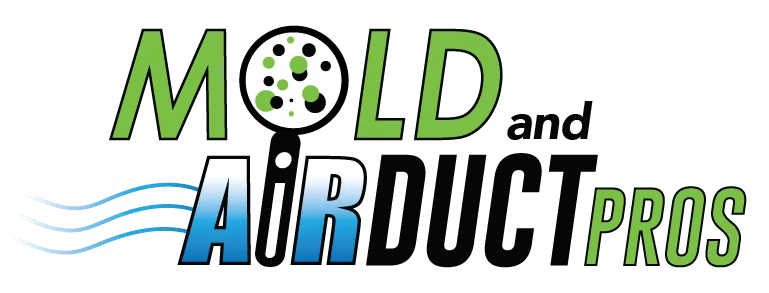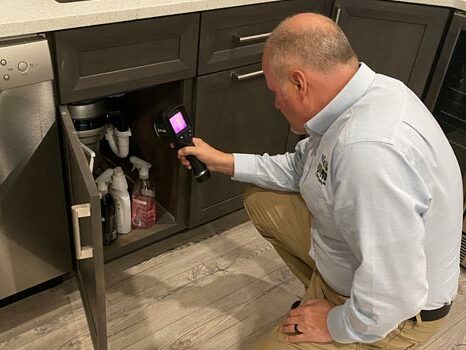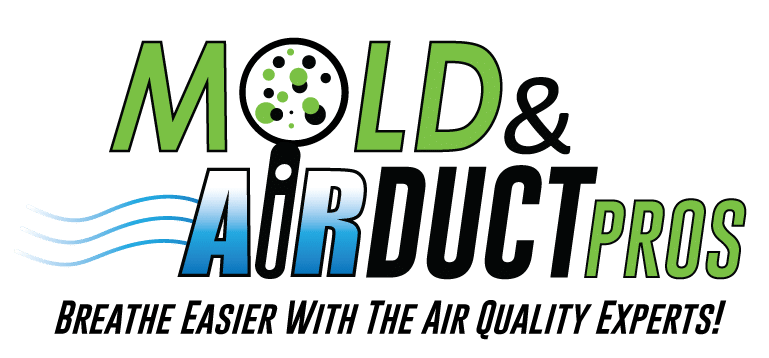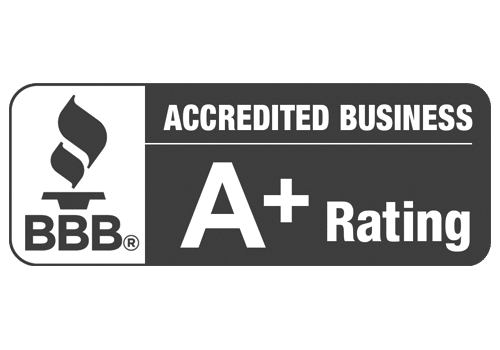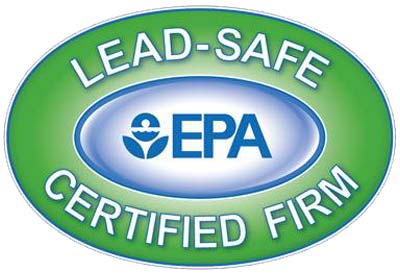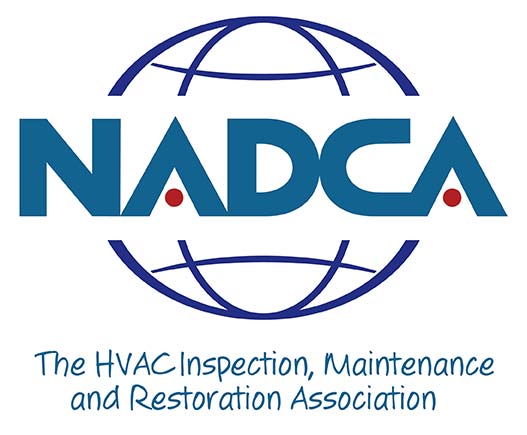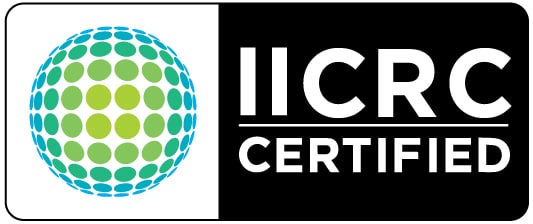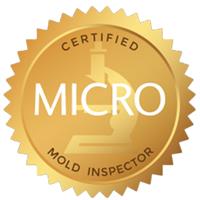You are almost sure that you have mold in your home. But not positive. And if you do, what kind of mold is it? Does it even matter?
We are going to attempt to give you a practical guide that sheds light on this important topic— mold testing for homeowners. Dealing with mold issues is a common concern, and understanding the importance of testing is key to maintaining a healthy home environment. In this exploration, we’ll break down what mold is, why early detection matters, and how the testing process works.
Whether you’re a seasoned homeowner or a first-timer, this guide aims to provide you with practical insights to tackle mold-related challenges effectively. Let’s dive into the world of mold testing and empower you to make informed decisions for a safer living space.
Table of Contents
Understanding Mold
Mold, in simple terms, is a type of fungus that thrives in damp environments. It can appear in various colors and textures, often resembling spots or patches on surfaces. Understanding the common types of household mold is essential for homeowners. From the notorious black mold (Stachybotrys chartarum) to more common varieties like Cladosporium and Aspergillus, each poses unique challenges.
The impact of mold extends beyond its appearance. Mold can contribute to health issues and compromise the structural integrity of your home. Recognizing the signs of mold infestation, whether visible or through subtle indicators like a musty odor, is crucial. Health symptoms such as allergies, respiratory issues, or skin irritation may be linked to mold exposure.
Mold can be a concern in Northeast Ohio because of the region’s climate and environmental conditions. Factors such as high humidity, precipitation levels, and temperature fluctuations can create an environment that leads to mold growth. Additionally, older homes with potential water intrusion issues or not enough ventilation may be more likely to have mold problems. It’s essential for residents to be proactive in identifying and addressing mold issues to maintain a healthy indoor environment.
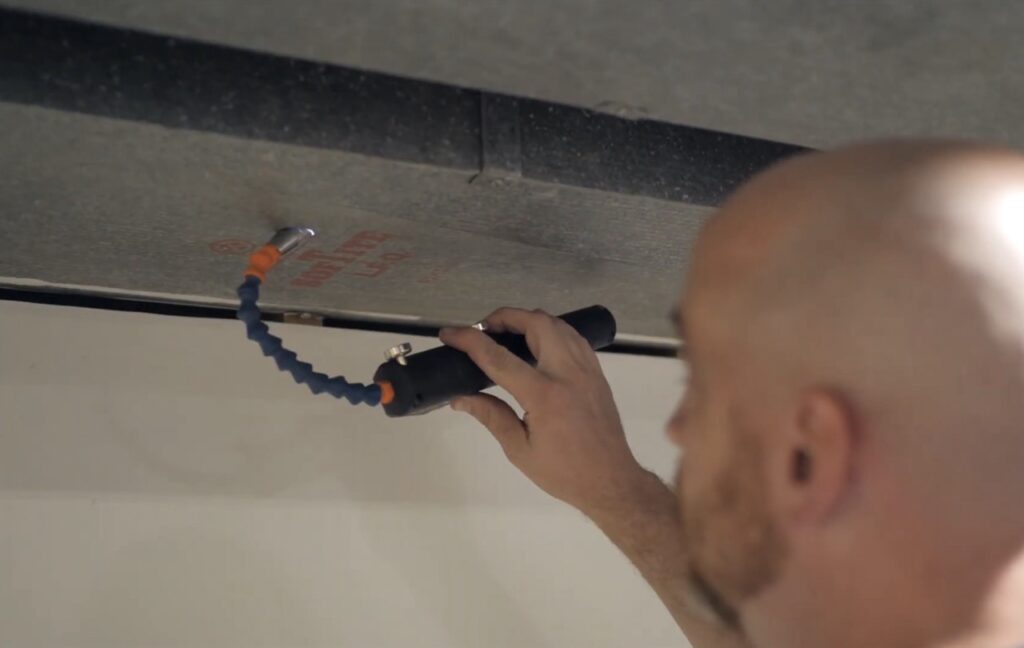
The Importance of Early Detection
Recognizing the early signs of mold is critical in keeping your home healthy. Mold spores are microscopic and can quickly multiply when given the right conditions. Early detection can protect both your home and your wellbeing. Here’s how:
- Preserves Structural Integrity: Mold has an appetite for organic materials like wood, drywall, and insulation. In its early stages, it may not be visible, but it can silently compromise the integrity of these materials. Early detection allows for intervention before significant structural damage occurs, saving you from costly repairs.
- Mitigates Health Risks: Mold can release mycotoxins that pose health risks to humans and pets. Allergic reactions, respiratory issues, and skin irritation are common symptoms of mold exposure. Identifying and addressing mold early on helps mitigate these health risks, ensuring a safer living environment for everyone.
- Saves Money: Prevention is not only better than cure; it’s also more cost-effective. Detecting mold early allows for precise and focused cleanup efforts, avoiding the necessity for extensive and expensive removal. A proactive approach to mold-related issues not only saves you valuable time but is also economical in the long term.
Signs of Mold Infestation: A Closer Look
Understanding what to look for empowers you to act quickly. Mold can manifest through visible signs, distinctive odors, and even health symptoms experienced by the occupants.
Visible signs
- Discoloration: Mold often appears as discolored patches on surfaces. It can be black, green, brown, or white. Keep an eye out for any unusual spots or stains on walls, ceilings, or other surfaces.
- Water Damage: Areas affected by water damage are breeding grounds for mold. Stains, peeling paint, or warped surfaces could indicate a moisture issue, fostering mold growth.
Odor Clues:
- Musty Smell: Mold has a distinct musty odor. If you notice a persistent musty smell in your home, especially in areas prone to dampness, it could be an indication of hidden mold growth.
Health Symptoms:
- Respiratory Issues: Mold spores can trigger respiratory problems like coughing, sneezing, or difficulty breathing. If occupants experience such symptoms without an apparent cause, it may be worth investigating for mold presence.
- Allergic Reactions: Mold allergies can manifest as sneezing, itching, or skin rashes. If these symptoms arise indoors, mold could be a contributing factor.
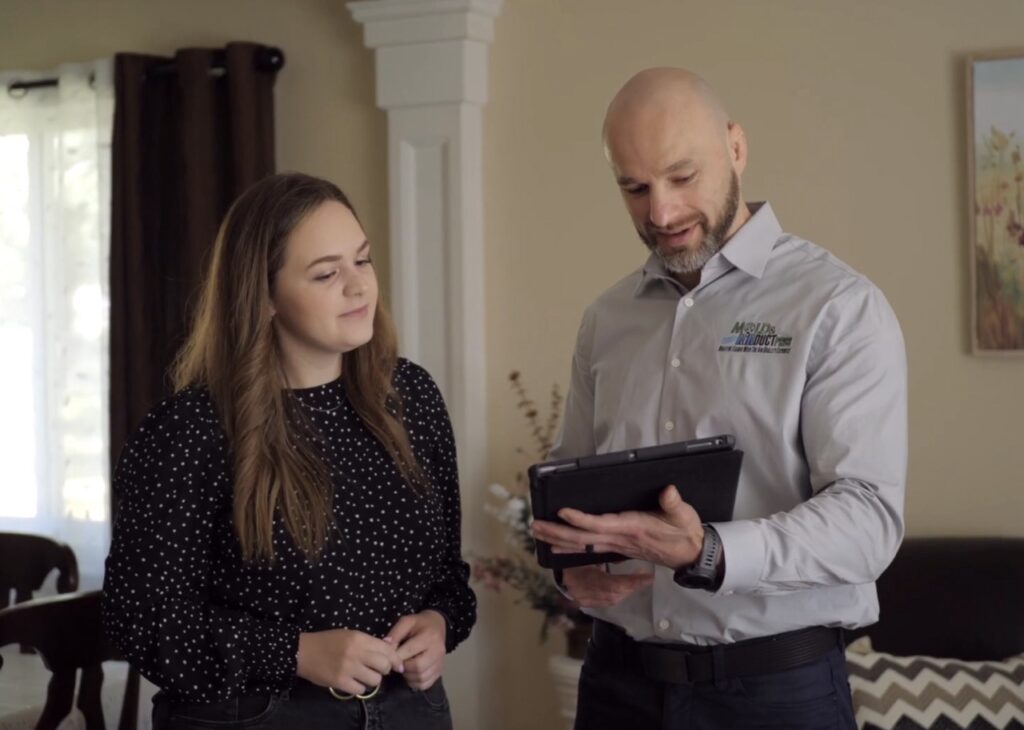
Introduction to Mold Testing
What It Can Tell You
Mold testing can give you valuable information about the presence and characteristics of mold in your home. Here’s what mold testing can tell you:
- Type of Mold: Testing can identify the specific types of mold present in your environment. Different molds have different health effects, and knowing the type helps determine the right remediation steps.
- Concentration Levels: Mold testing measures the concentration of mold spores in the air or on surfaces. Elevated levels may indicate a mold problem that needs attention.
- Location of Mold: Testing can help pinpoint areas with mold growth, even in hidden or hard-to-reach places. This information is crucial for targeted removal.
- Airborne Mold Spores: Mold spores can become airborne and affect indoor air quality. Testing can assess the levels of airborne mold, helping to identify potential health risks.
- Extent of Contamination: By analyzing samples from different areas of your home, testing can provide insights into the extent of mold contamination. This information guides the scope of remediation efforts.
- Effectiveness of Remediation: After mold remediation, testing can confirm whether the cleanup efforts were successful in reducing mold levels to acceptable levels.
It’s important to note that mold testing is just one part of a comprehensive approach to mold management. If you suspect mold in your home, talk with a professional. A thorough inspection and testing can help you make informed decisions about remediation and prevention.
Why It’s Important
Getting your home tested for mold is important for several reasons:
- Health Concerns: Mold can produce allergens, irritants, and sometimes toxic substances. This poses potential health risks to individuals living in homes affected by mold. Testing helps identify and address these issues quickly.
- Early Detection: Mold often grows in hidden or less accessible areas, making it tough to detect visually. Testing allows for early identification, which can prevent damage to property and health problems.
- Water Damage Assessment: If your home has experienced water damage from leaks, floods, or other accidents, mold is likely to show up. Testing helps you understand the extent of mold growth and decide how to move forward with remediation.
- Property Value: A home with a history of mold issues may experience a decrease in property value. Testing and addressing mold problems can help maintain or improve the value of your home.
- Indoor Air Quality: Mold spores can affect indoor air quality. Testing gives you a complete examination of air quality— this allows you to make informed decisions about how best to handle mold removal.
- Peace of Mind: Knowing the mold status of your home provides peace of mind, assuring residents that their living space is safe and healthy.
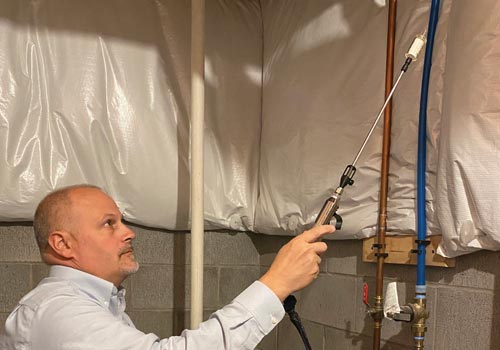
How It’s Done
There are a few traditional methods for mold testing. These include:
- Air Sampling: Collecting air samples to measure the concentration of mold spores in the indoor air.
- Surface Sampling: Swabbing or tape-lifting surfaces to collect samples for laboratory analysis, identifying mold species and quantity.
- Bulk Sampling: Taking physical samples of materials like drywall or insulation to assess the extent of mold contamination.
- Visual Inspection: Conducting a thorough visual examination of the property to identify visible signs of mold growth.
While these methods provide valuable information, they often require time for sample analysis in a laboratory. The emergence of new technologies has revolutionized the process by offering real-time information. This allows for quicker decision-making and targeted remediation efforts.
At Mold & Air Duct Pros, we go beyond conventional testing methods. We use InstaScope, an innovative technology that sets us apart. InstaScope analyzes Indoor Air Quality (IAQ) in real-time, giving you immediate insights into the airborne biology in your home. This advanced approach makes sure that you a quick and accurate assessment. It allows us to generate on-site reports without the usual waiting period associated with traditional lab results. Now, you can take control of your home’s air quality promptly and efficiently.
What To Do Next
In conclusion, understanding the importance of mold testing is crucial for homeowners in Northeast Ohio. Early detection empowers you to address potential mold issues quickly, protecting your home and the well-being of your family. Whether you’ve noticed visible signs, smelled musty odors, or are simply taking a proactive approach to indoor air quality, mold testing will give you valuable insights.
Don’t wait for mold problems to get worse. Consider professional mold testing to assess and enhance your indoor Air Quality. Mold & Air Duct Pros, equipped with advanced technologies like InstaScope, offers on-site evaluations, ensuring quick and accurate same-day results. Take the proactive step toward a healthier home—schedule a mold test today and breathe easier tomorrow.
